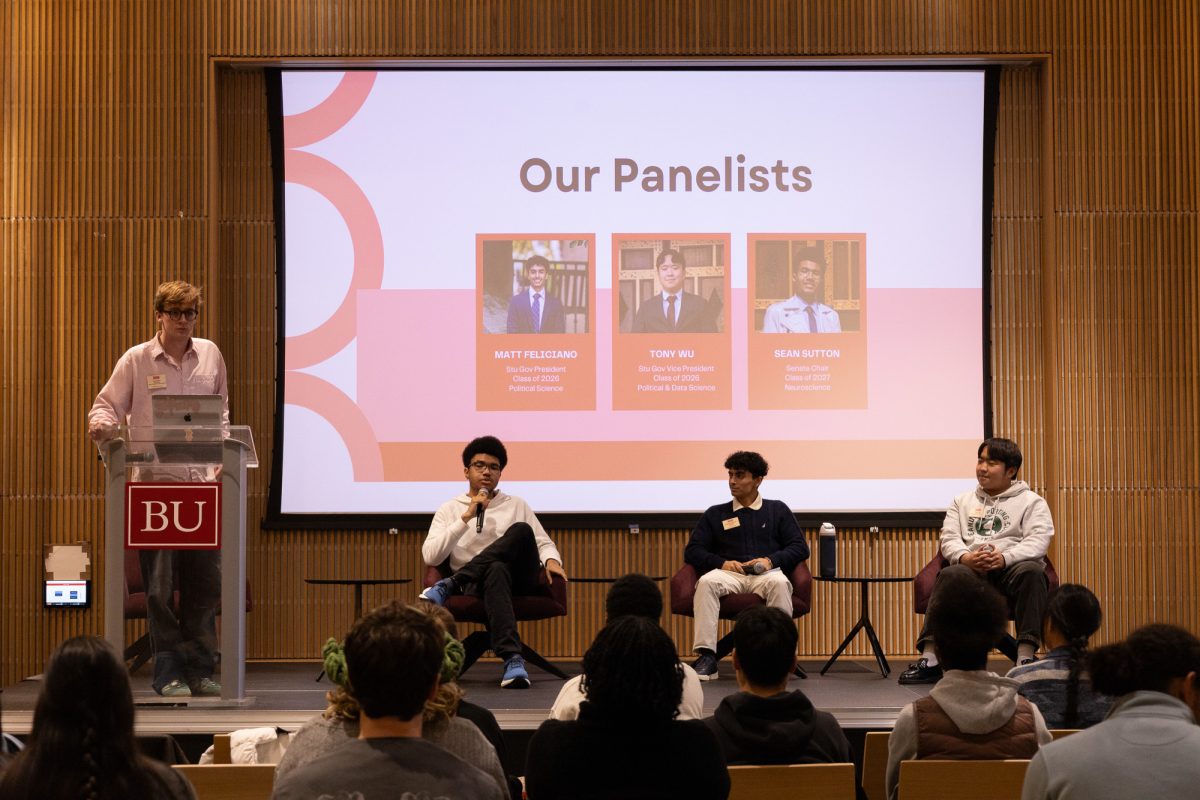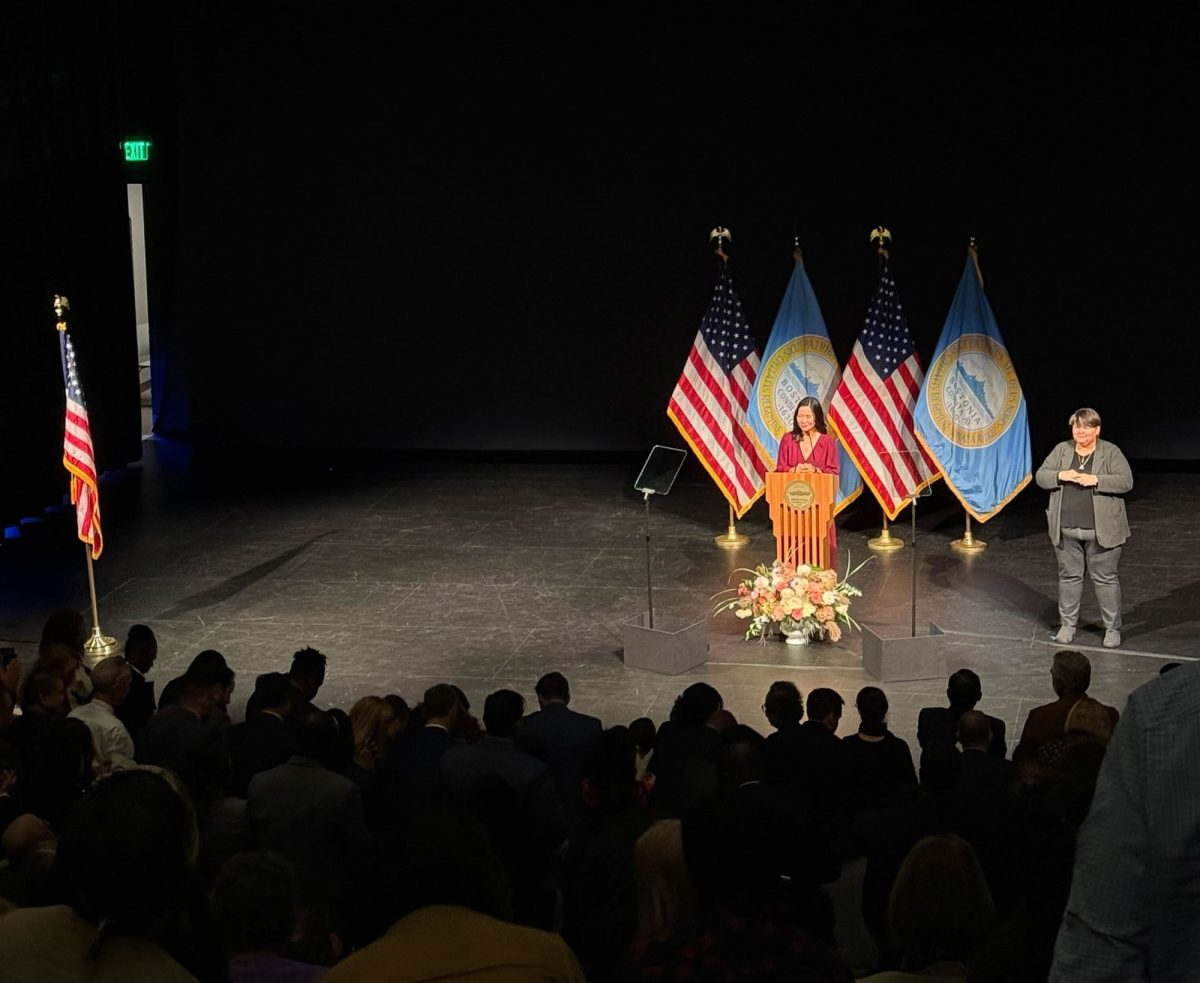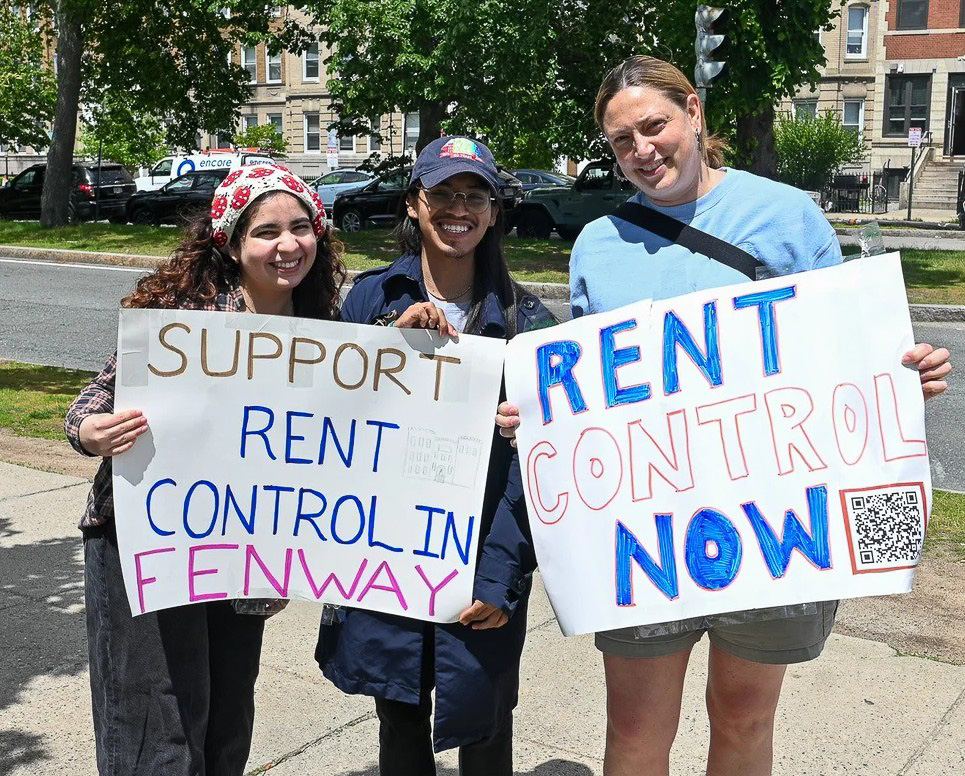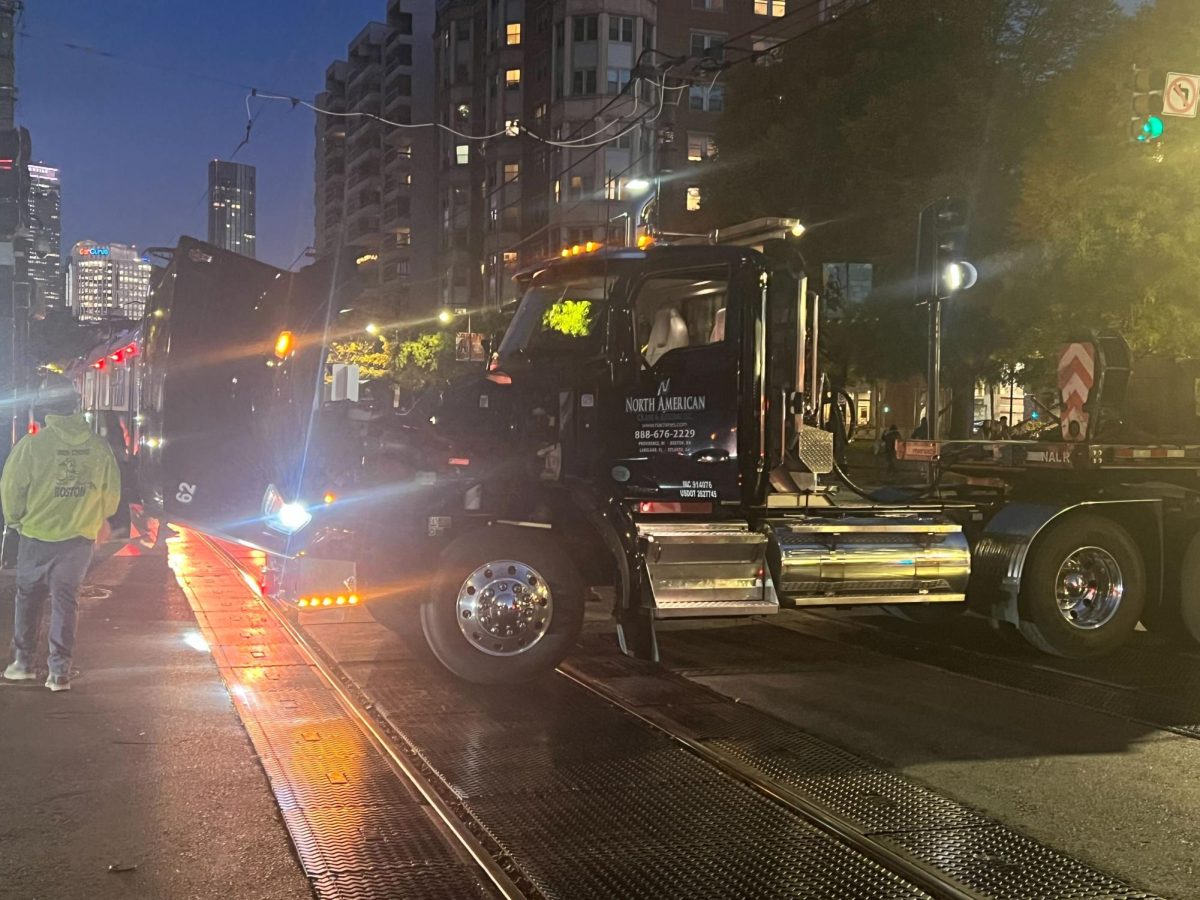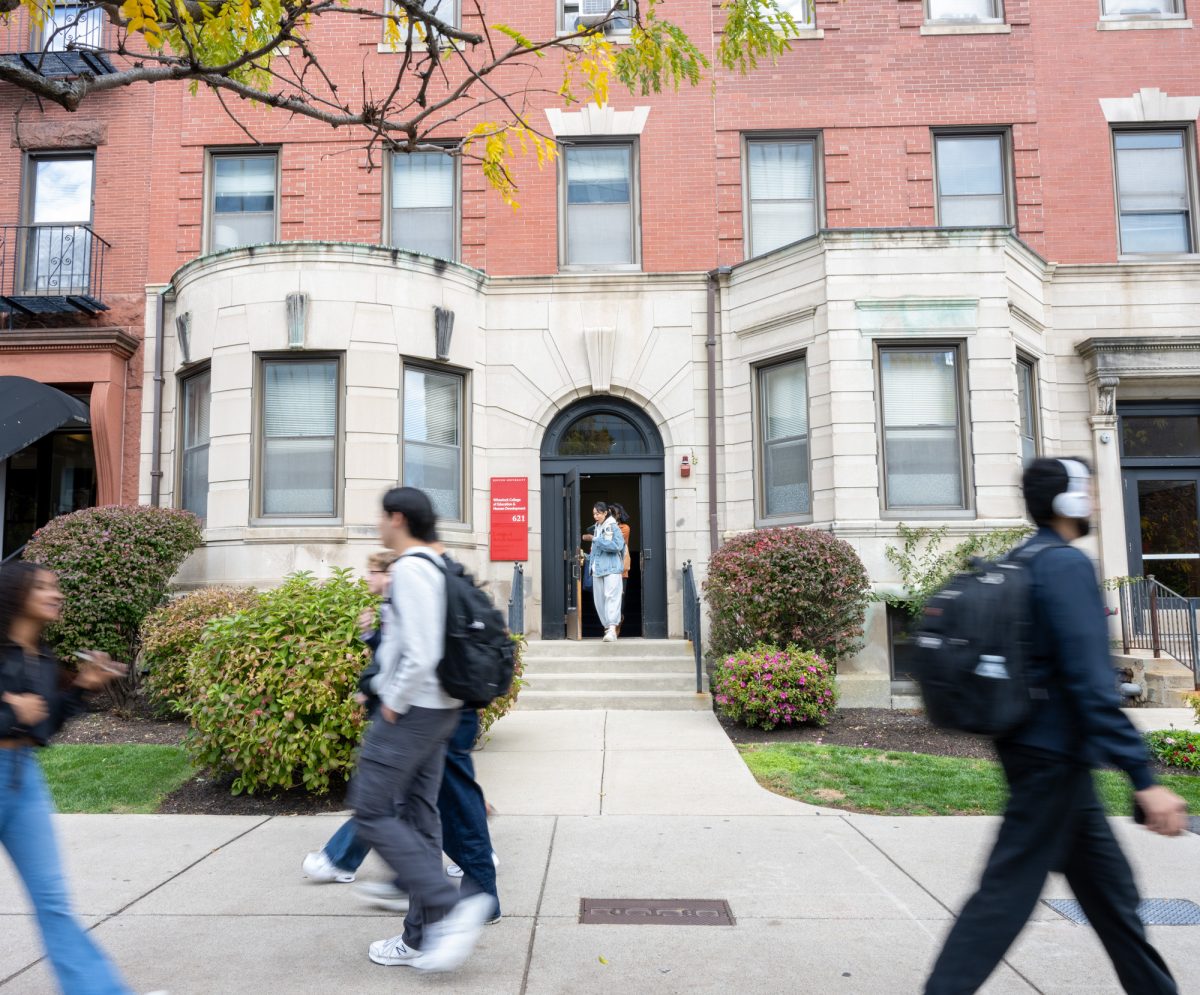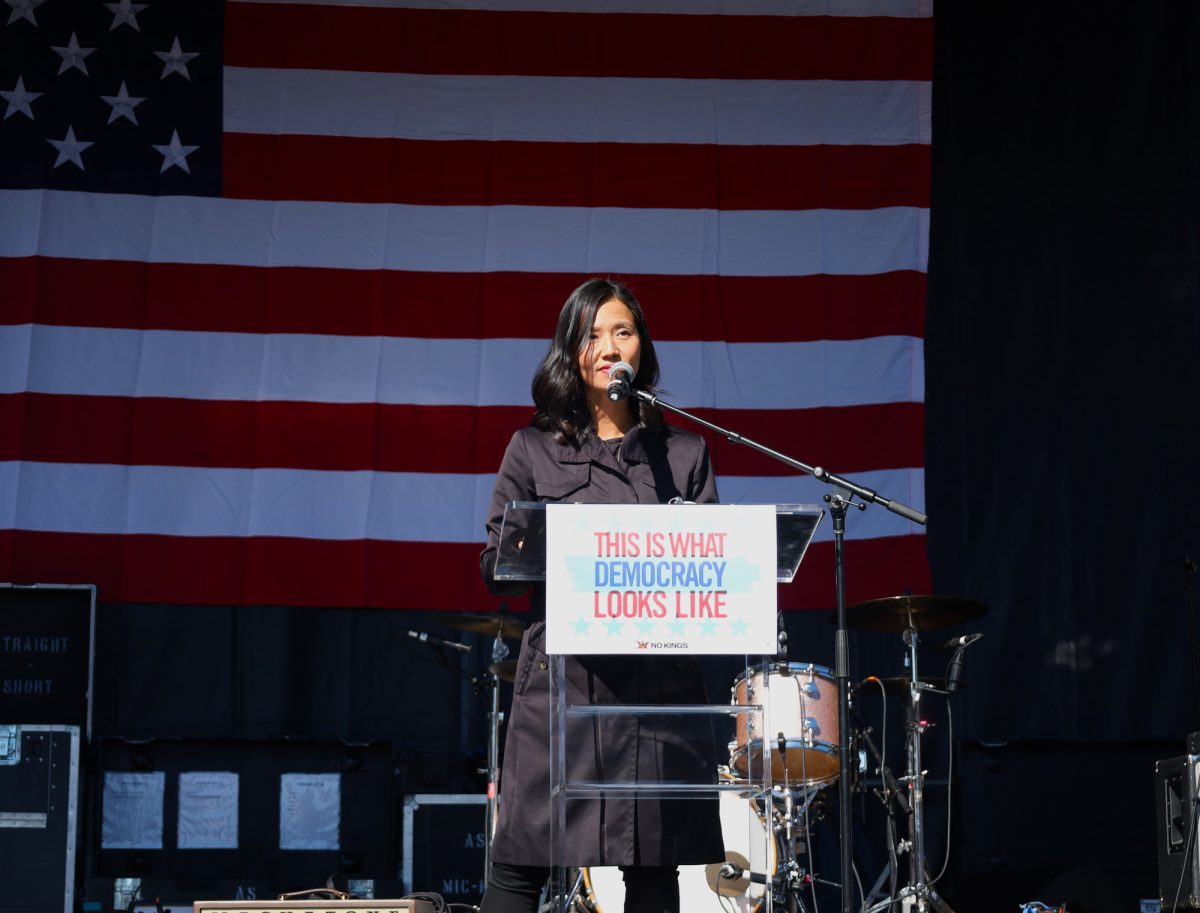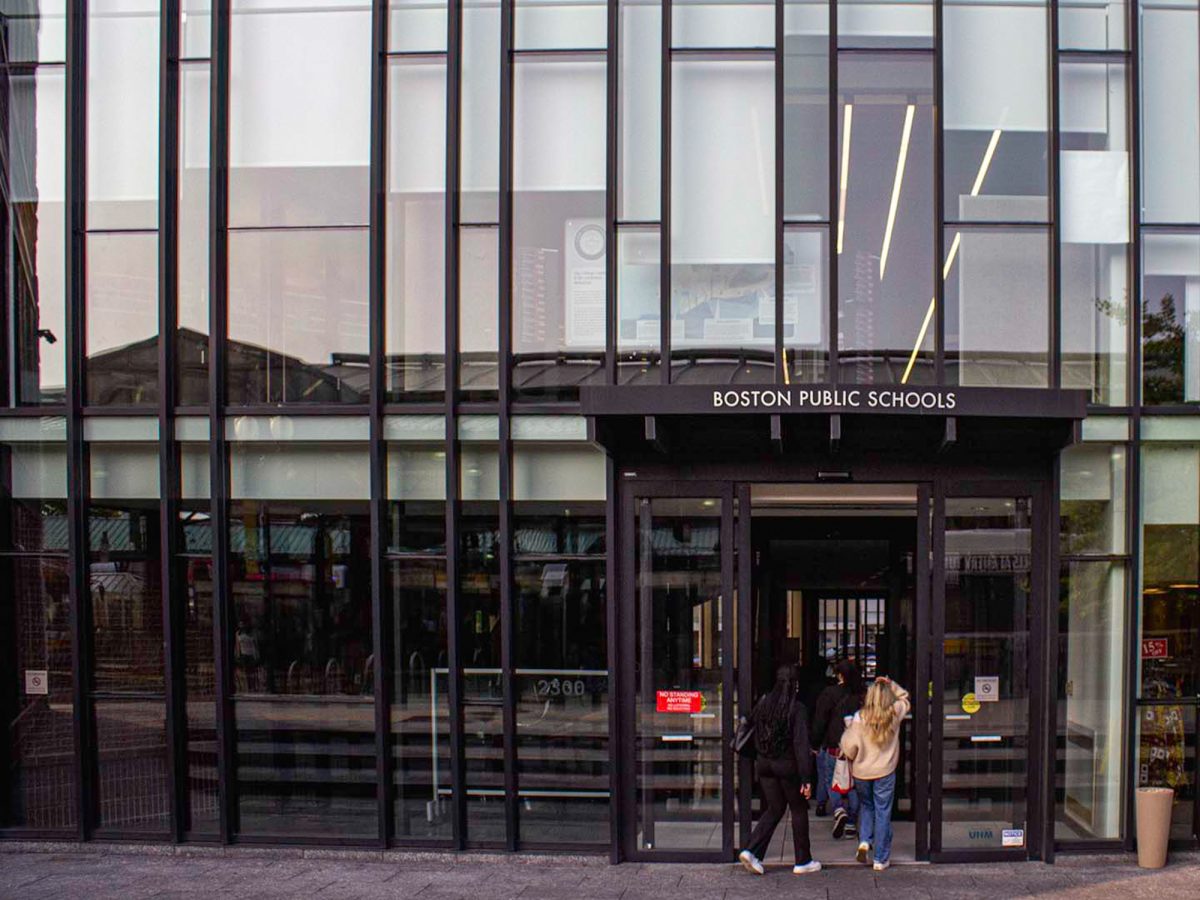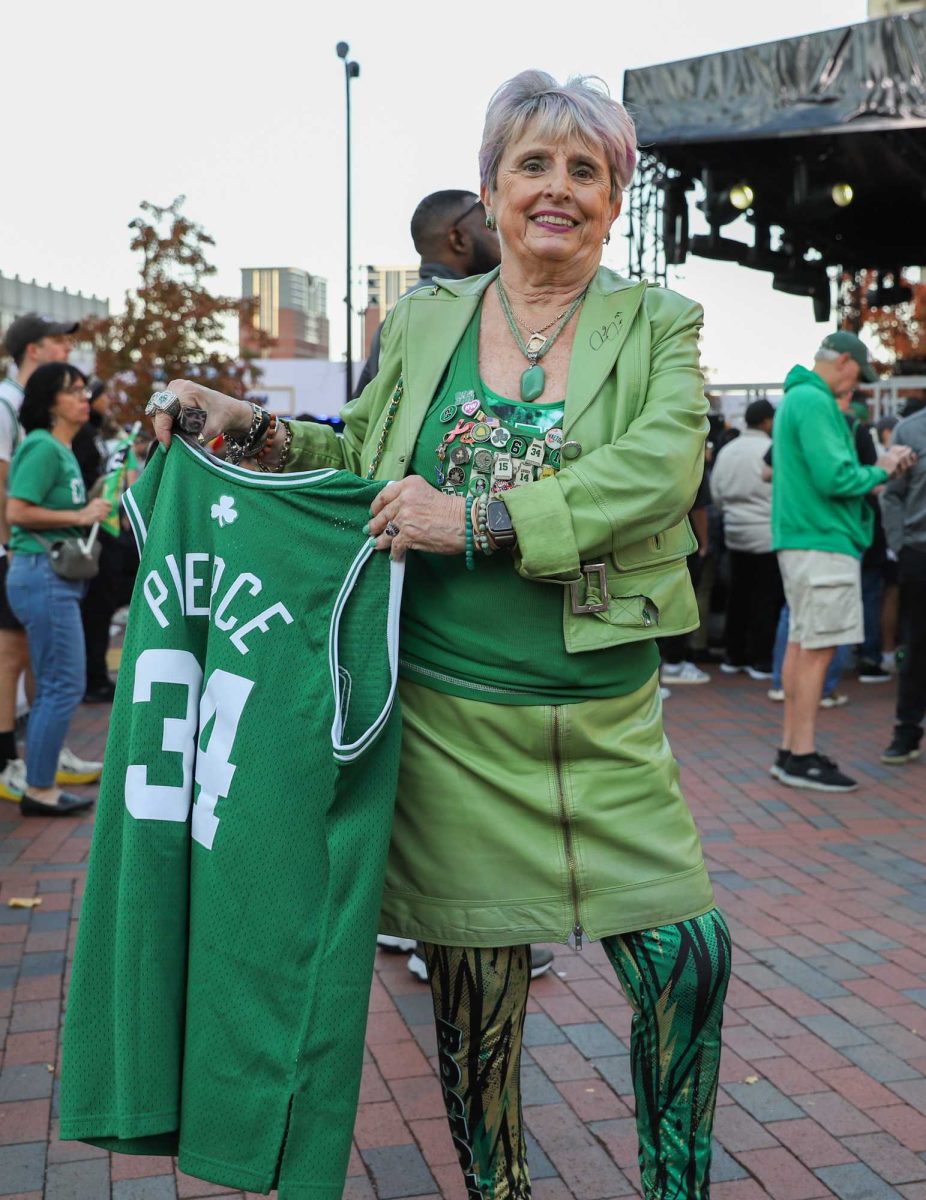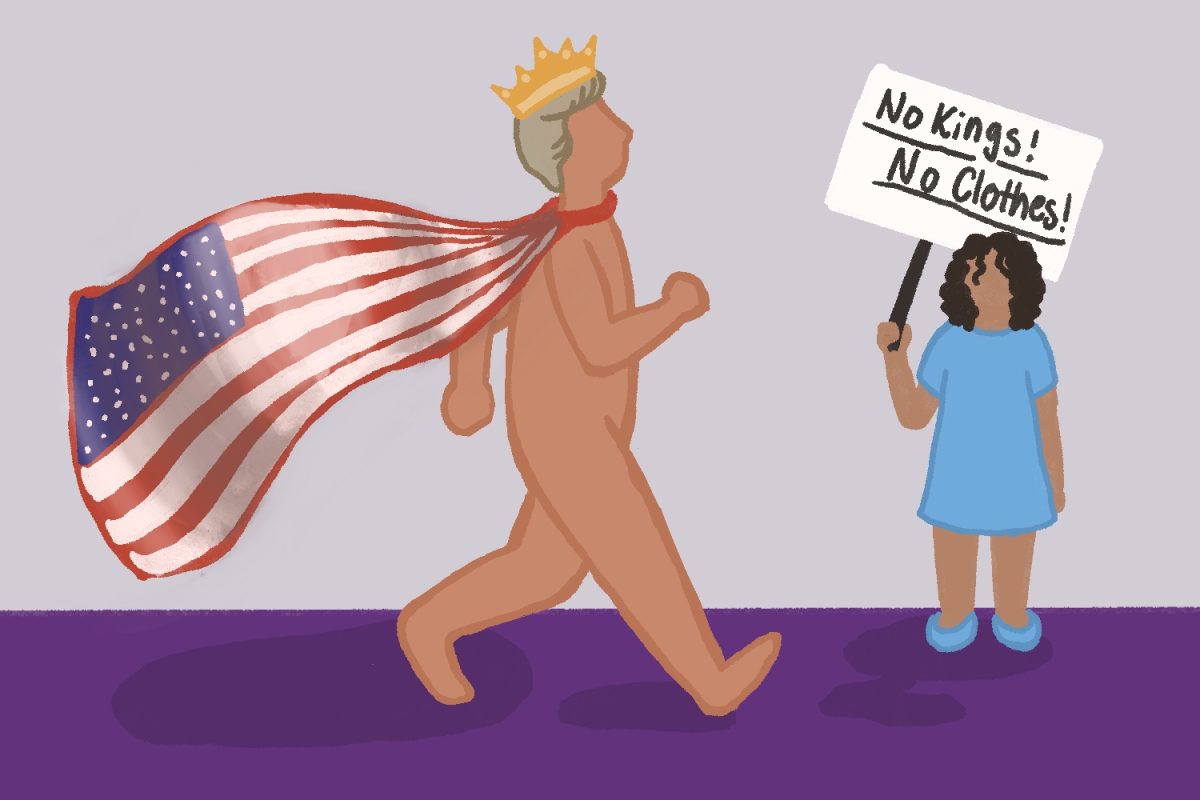Amazon, currently the second largest private employer in the United States, is primarily known for its role in creating the e-commerce revolution. Today, Amazon Prime trucks are now as recognizable and commonplace as the US Postal Service vehicles of old, and American consumers have fallen in love with the convenience and variety that online shopping provides.
Yet, the very business model that allows for this kind of cheap and efficient delivery of goods comes at a great expense to its workers.
The abysmal state of Amazon’s numerous warehouses has been well documented. Whether it be regularly shortchanging workers or subjecting them to injury risk through rigid production quotas, Amazon has long been under fire for its labor standards. Though these poor labor standards have long been known by the public, little has been done to improve the condition of Amazon’s warehouse workers.
That is until now.

The beginning of April was marked by perhaps one of the most important victories for organized labor in the U.S. this century. The ALU, or Amazon Labor Union, secured a vote of 2,654 to 2,131 in favor of its formation, making the JFK 8 Amazon warehouse on Staten Island the first unionized Amazon warehouse in the U.S.
Past attempts at this feat have all ended in failure. Well established unions such as the Communications Workers of America, the Teamsters, United Food and Commercial Workers and the International Association of Machinists and Aerospace Workers all failed to organize at Amazon.
Their failure to organize, unfortunately, came to nobody’s surprise at the time. Amazon spent $4.3 million alone last year on anti-union consultants.
The tech giant has every incentive to keep labor costs as low as they can get away with, and as a result are more than willing to pour funds into dousing out any unionization efforts in its warehouses.
But, beyond Amazon’s extensive legal funding, the biggest obstacle to unionization at Amazon lies in the structure of the workplace itself.
The company features rapid rates of worker turnover, short breaks and inconsistent shifts, as well as facilities under high surveillance and strenuous production quotas. This structure of Amazon’s warehouses does little to facilitate culture and unity among workers, making its facilities practically impenetrable to outside labor unions.
It is telling, then, that when the unionization effort finally did succeed, it came from within. ALU President Christian Smalls — a former Amazon warehouse worker who was fired for demanding better working conditions — said in an interview with The New Yorker, “It made sense that workers like us need to have a union, and we should take it upon ourselves, because other unions don’t know what Amazon facilities look like.”
The grassroots approach turned out to be the difference maker, as Amazon’s old tactics of funding extensive anti-union campaigns, and even recruiting the help of major Democratic polling firm Global Strategy Group, failed to garner enough distrust in the ALU to produce a “no” vote.
It’s hard not to overstate the importance of this victory for American workers. Not only did it produce an improbable win against one of the largest companies in the world, but it also created a successful framework for independent unionization.
This victory could not have come at a better time, as over the past few decades, American workers have been losing an ever greater share in the American economy.
Despite the U.S. economy exhibiting healthy metrics on job growth and employment since the 2009 recession, the fruits of macroeconomic growth have primarily been enjoyed by the wealthiest Americans.
Meanwhile, private-sector union participation has been on a long-term trend of precipitous decline, as offshoring and automation have given significantly more leverage to employers over their workers. According to the Pew Research Center, today, only about 10.8% of the U.S. workforce is unionized, down from a peak of 34.8% in 1954. At the same time, the pay gap between workers with a college degree compared to those without is at its largest in decades.
Although the ALU only encompasses one out of many Amazon warehouses, their improbable success story shows that it is still not too late for workers to fight for a fair and free workplace.
Whether or not this historic union win will have cascading effects on other Amazon warehouses remains to be seen. Yet, the true importance of this victory stretches beyond the domain of just Amazon workers. It’s a reminder to all workers that they are not completely helpless in the face of corporate greed. A better future exists, but only if we demand it.



